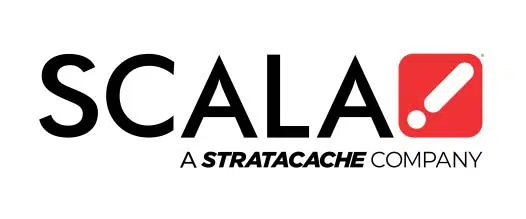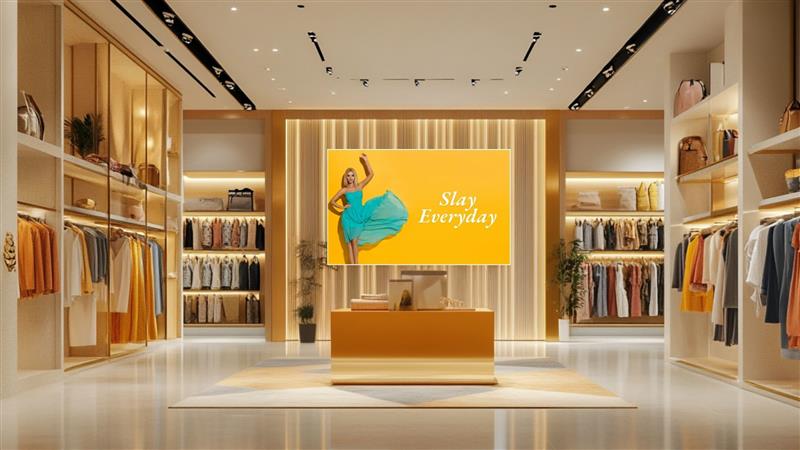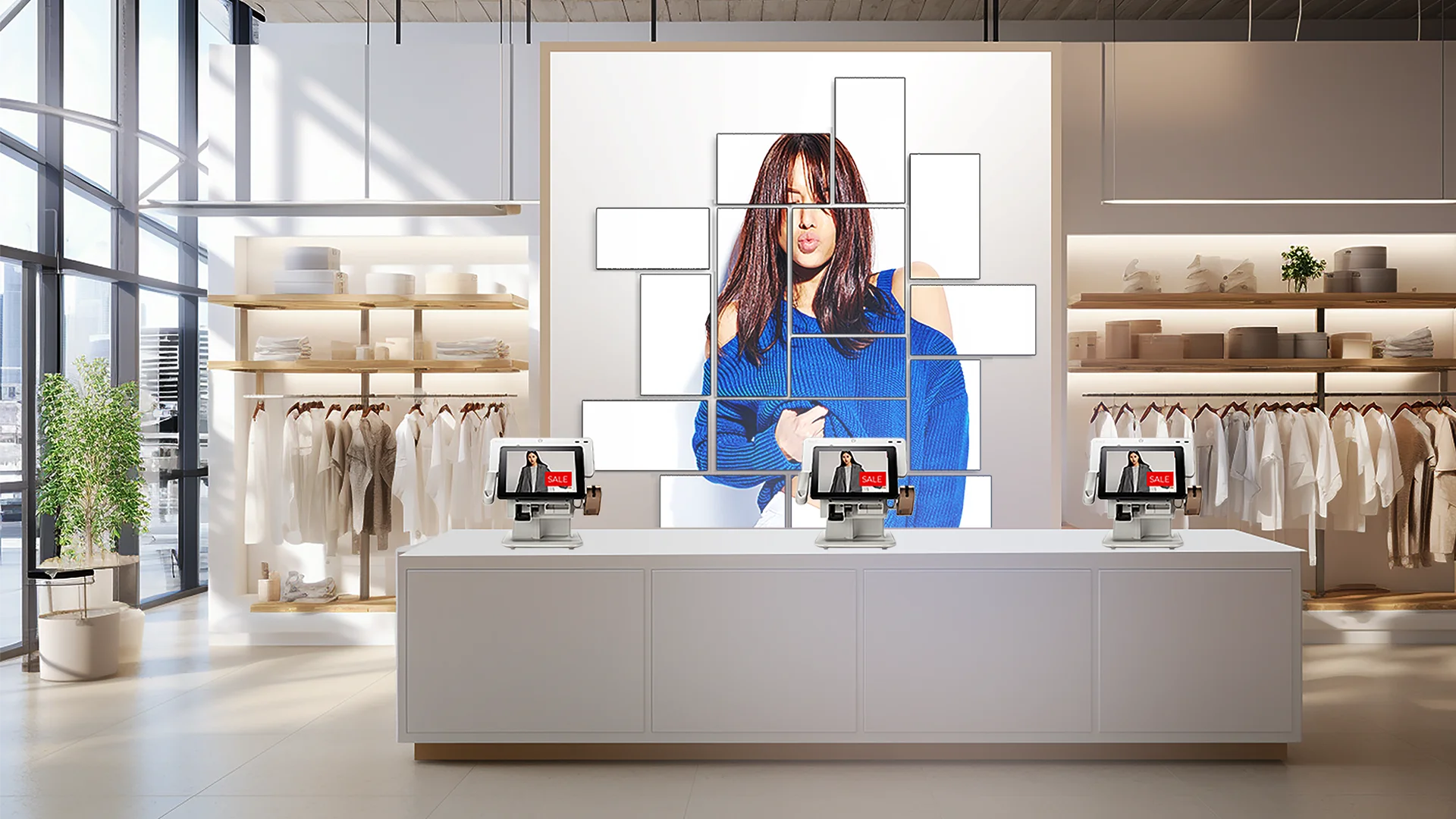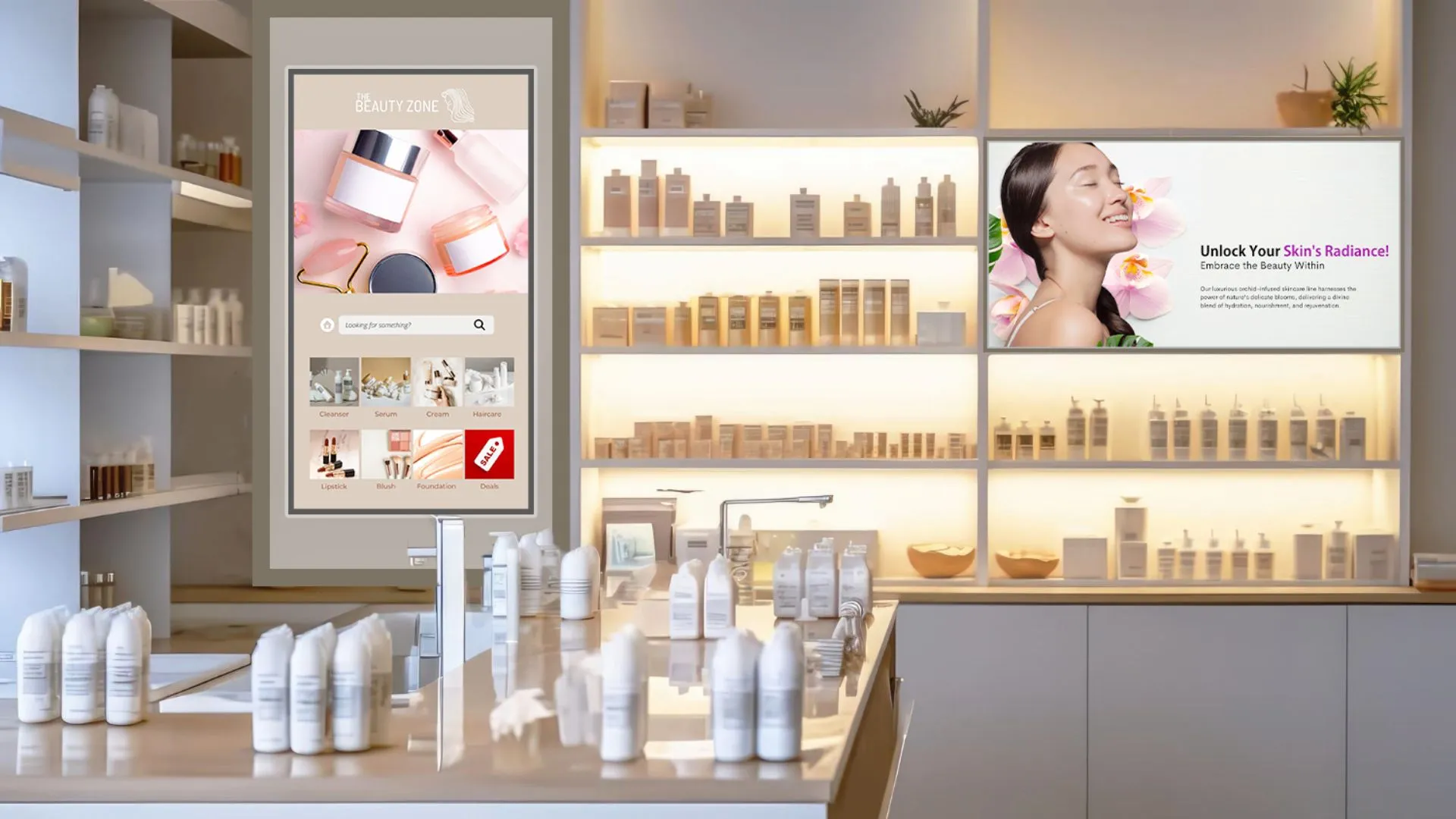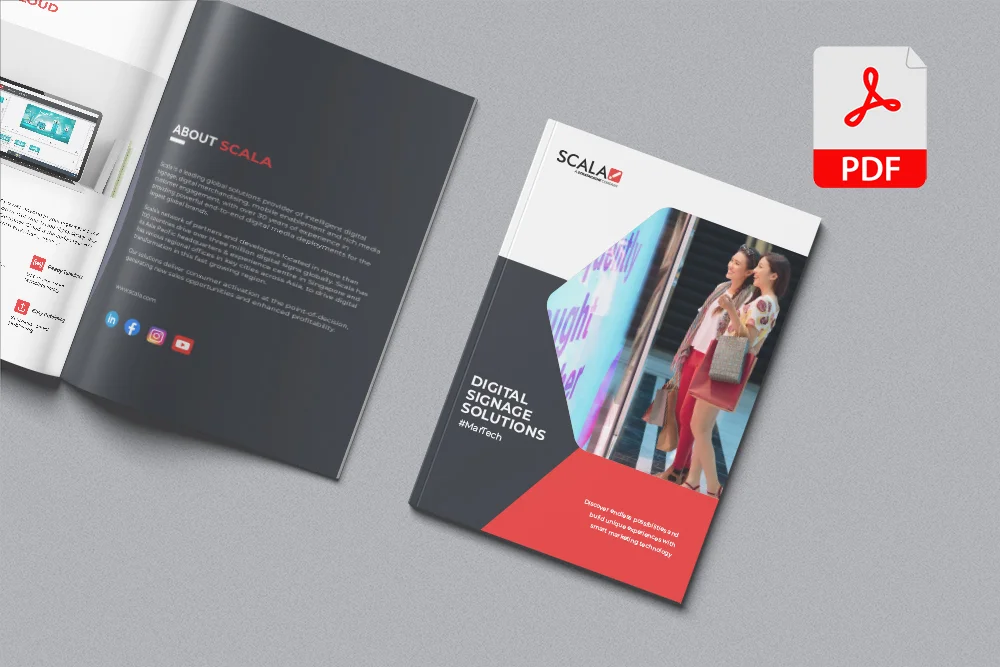Visually engaging digital signage for quick-service restaurants (QSR) showcases menu items impressively while offering added convenience and targeted messaging to enhance the customer experience and boost sales.
The growth potential of the QSR industry in the SEA6 countries (comprising Indonesia, Malaysia, Singapore, the Philippines, Thailand and Vietnam) remains high, driven by heightened consumption from a large and aspirational middle class. Rising income, growing urbanisation, and the increasing influence of Western lifestyles further spur the growth of both local and international QSR players.
While greater demand for fast food seems lucrative to restaurateurs, the growing market is increasingly competitive. So, how can a QSR restaurant stand out? While food quality and fast delivery are critical, the QSR experience distinguishes a superior QSR from an average one.
How then, can restaurant owners enhance the QSR experience? In this blog, we discuss how QSR digital signage can make a huge impact on the overall dining experience, and present compelling reasons why all restaurant owners should consider deploying QSR digital signage.

Benefits of Using QSR Digital Signage
QSR digital signage plays a crucial role in influencing customers’ purchase decisions. According to a recent Intel report, 29% of customers find digital menus more influential than traditional menus. QSRs that installed digital signage experienced an overall sales growth of 28%.
QSR digital signage offers the following key benefits :
Update Menus Easily
Menu rotation and timely updates ensure that menus are enticing for customers. Digital signage makes it easy to refresh the menu to feature seasonal items, holiday specials, limited time offers, etc. Changes in pricing can be managed centrally and be reflected in real-time across different outlets.
In addition, you can also display ingredients and nutritional information for each item and help customers make more informed decisions and healthier choices.
Appeal to Modern Consumers
In today’s digital age, consumers especially the Gen Zs and millennials are more inclined to patronise restaurants that are modern and reinvent themselves with innovative technologies.
More than 70% of restaurant customers reveal that an effective menu display is their top priority. Digital signage allows the creation of attractive, easy-to-read and customisable menu designs without the need for reprinting.
Unlike traditional printed signage which offers limited information in a less appealing way, QSR digital signage offers the unique ability to feature eye-catching imagery and targeted messaging to capture attention and promote items effectively.
Reduce Perceived Waiting Times
The average wait time at restaurants is 23 minutes and hungry customers may be turned off by the long queues. Offer entertaining content on digital screens while customers wait in line to reduce perceived waiting time. Alternatively, display digital menus and food reviews to allow customers to decide on their food order beforehand, or curate custom social media content to increase brand engagement.
Promote at the Right Time
Digital menu boards allow you to deliver your promotional and marketing content to your target audience at the right time. For example, you can inform customers about special deals, limited-time offers, upcoming events, etc.
Furthermore, digital menu boards that come with “scheduled publishing” allows you to schedule updates ahead of time. This ensures that the content will be published automatically on the set date and time. This way, you will never miss the opportunity to optimise sales.
Optimise QSR Sales with Scala Digital Signage
Scala creates beautifully designed digital signage for QSRs and sets your business up for success. Global QSR brands such as Wendy’s and Panos have leveraged Scala digital signage solutions to elevate the customer experience and drive sales.
Check out Scala’s QSR solutions and build memorable customer experiences today.
About the Author
Esther Chew is the Sr. Manager – Corp Comm & Marketing at STRATACACHE Asia-Pacific and is responsible for developing and implementing the internal and external communications strategy and programmes across Asia-Pacific. She drives the company’s corporate image and brand messaging through integrated and strategic communications leveraging various platforms such as executive communication, client communication, digital marketing, media relations and B2B events.
